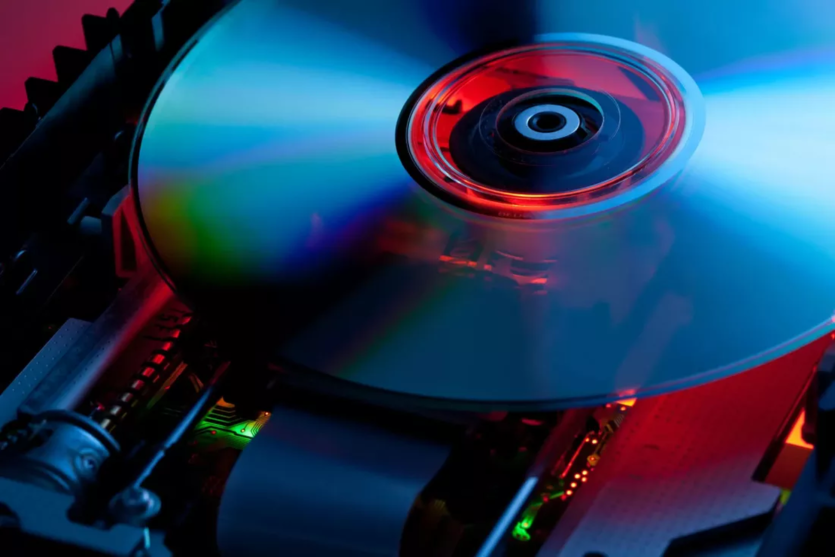
The discovery may usher in an era of «ultra-high density» recording optical media, but there is still much research to be done.
Scientists from the University of Chicago and Argonne National Laboratory (USA) developed a new type of optical memory that stores data by transmitting light from rare earth element atoms Rare earth elements are a group of 17 chemical elements (15 lanthanides plus scandium and yttrium) that have unique magnetic and optical properties that make them useful in the latest technologies. to quantum defects
Rare earth elements are a group of 17 chemical elements (15 lanthanides plus scandium and yttrium) that have unique magnetic and optical properties that make them useful in the latest technologies. to quantum defects Quantum defects are atomic disturbances in a material that can interact with quantum particles (e.g., light), allowing information to be stored at the subatomic level.. Research results published Journal of Physical Review Research.
Quantum defects are atomic disturbances in a material that can interact with quantum particles (e.g., light), allowing information to be stored at the subatomic level.. Research results published Journal of Physical Review Research.
Traditional CDs and DVDs have a fundamental limitation — no bit of information can be smaller than the wavelength of the laser that reads it. The research team has proposed a way around this physical limitation.
The researchers first created a physical model and calculated all the requirements for an experimental sample. They simulated a theoretical material with rare earth atoms that absorb and re-emit light. The models showed how quantum defects located nearby can capture and store reflected light.
Using wavelength division multiplexing technology Wavelength division multiplexing is a technology that allows different signals to be transmitted simultaneously over a single channel using different wavelengths. wavelengths, each emitter operates at its own frequency. This allows for much more data to be recorded on the same area of media.
Wavelength division multiplexing is a technology that allows different signals to be transmitted simultaneously over a single channel using different wavelengths. wavelengths, each emitter operates at its own frequency. This allows for much more data to be recorded on the same area of media.
The key discovery is that absorbing energy at a narrow wavelength changes the spin state The spin state is a quantum characteristic of particles that describes their internal angular momentum, or spin. of a defect. The changed state is almost impossible to reverse, making such defects reliable for long-term data storage.
The spin state is a quantum characteristic of particles that describes their internal angular momentum, or spin. of a defect. The changed state is almost impossible to reverse, making such defects reliable for long-term data storage.
Scientists call this discovery «a huge first step», but commercial products are still a long way off. Researchers need to find out how long data can be stored in an excited state. Although the scientists promise «ultra-high density» recording, they have not yet provided specific predictions about the capacity of the new disks.
Source: Techspot
Spelling error report
The following text will be sent to our editors: